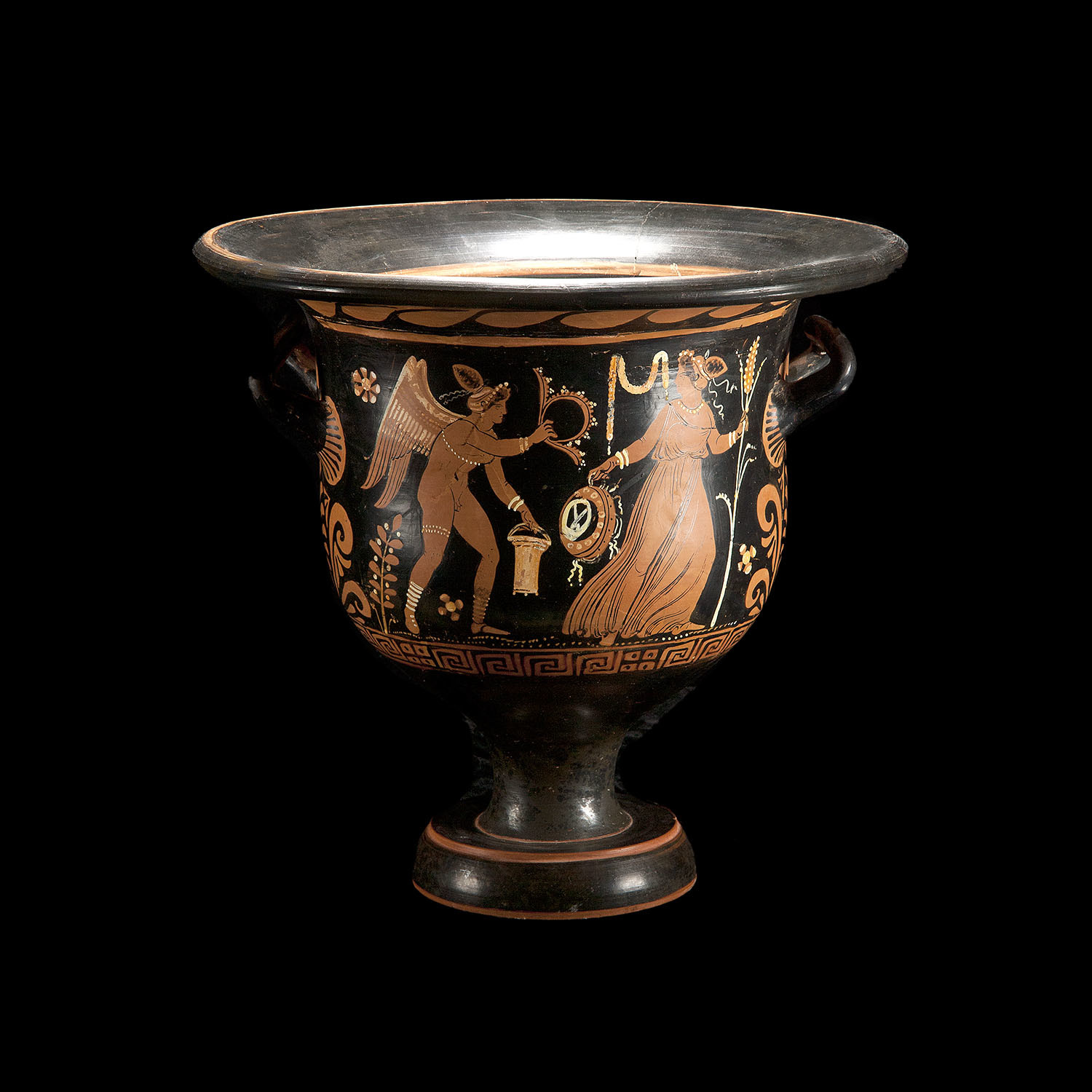T
TING
Guest
http://www.ucmp.berkeley.edu/bacteria/bacteriafr.html
It may seem surprising that bacteria can leave fossils at all. However, one particular group of bacteria, the cyanobacteria or "blue-green algae," have left a fossil record that extends far back into the Precambrian - the oldest cyanobacteria-like fossils known are nearly 3.5 billion years old, among the oldest fossils currently known.



